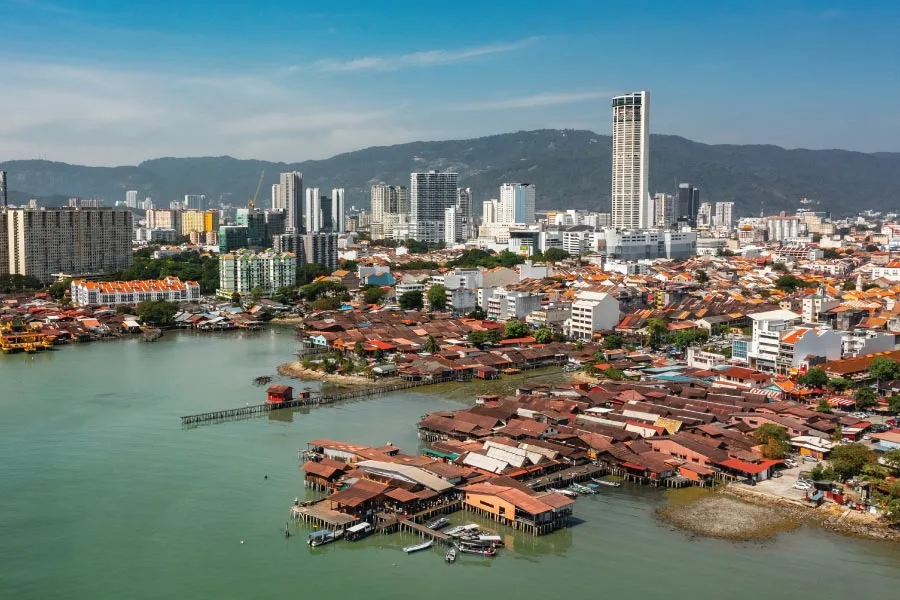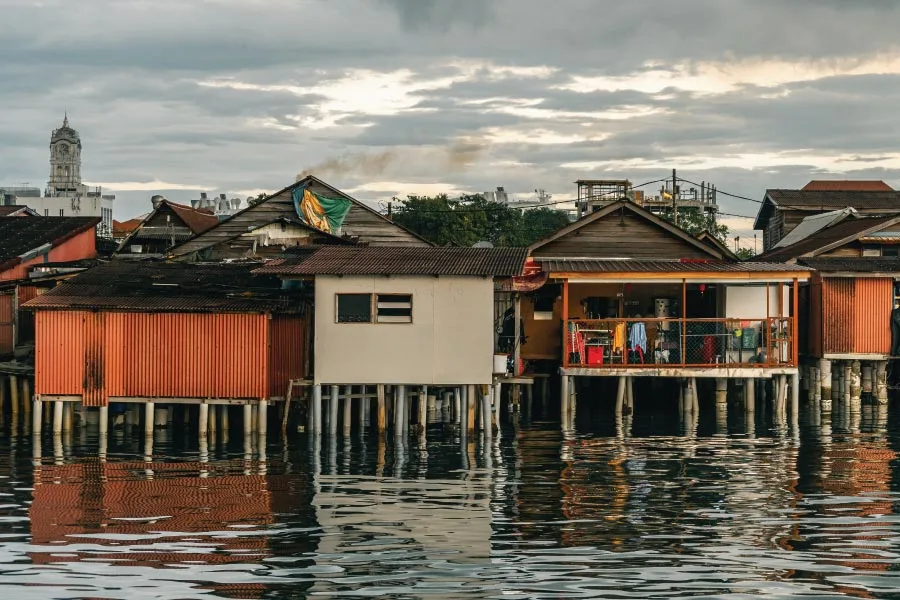The south moat of Fort Cornwallis, a prominent historical landmark of Penang is set to reopen soon. The announcement by the government marks a significant milestone in the ongoing restoration project for the fort. The initiative marks the commitment of George Town in preserving historical buildings and elements, especially those in the World Heritage Site.
Buried for over a century, the 19th-century moat that once encircled Fort Cornwallis has been undergoing reinstatement along its southern and western sides. This latest effort follows the rehabilitation of the Seawall Promenade, completed in 2022 and recognised with the Project of the Year 2024 Award from the Institute of Landscape Architects Malaysia. Restoration of the south moat will further enhance the North Seafront, designated as a priority conservation area within the UNESCO George Town World Heritage Site.
History of the moat
The East India Company began constructing the moat in 1804 as a defensive measure during the Napoleonic Wars, and its historical significance is well-documented, with recent archaeological excavations confirming its original structure.
The moat boasts an estimated width ranging from 9 to 20 meters and was originally constructed using durable granite and bricks.

In 1921, the moat was filled in part because of public health concerns following an outbreak of malaria, but mainly to facilitate the then planned demolition of the fort. Shortly after being filled, floods reported in the Esplanade revealed the moat’s crucial role as a reserve catchment area, protecting the Padang and the low-lying interior court of Fort Cornwallis from water overflow.
Conservation and its impact
Tourism is vital to Penang’s economy, and its UNESCO World Heritage Site status is a key draw. Hence, master planning of the entire heritage area – which accounts for visitor flow and commerce as well as site conservation – is of vital importance. Without its moat, Fort Cornwallis is incomplete. Reinstating it not only completes the monument’s historical narrative for future generations – offering locals and visitors a deeper connection to Penang’s rich cultural heritage – but also expands public space and amenities in the central concourse area.

The moat reinforces Penang’s environmentally conscious approach to urban design. The new water body and its surrounding landscape reduce the heat island effect and introduce a green habitat with associated wildlife in the heart of the historic area. This 4,000m2 reservoir improves drainage in the nearby Esplanade and reduces flood risks during heavy rains. Natural aggregate filters and a plant-based bioretention swale reduce the risk of illnesses from stagnant water, which previously required the moat to be buried.






